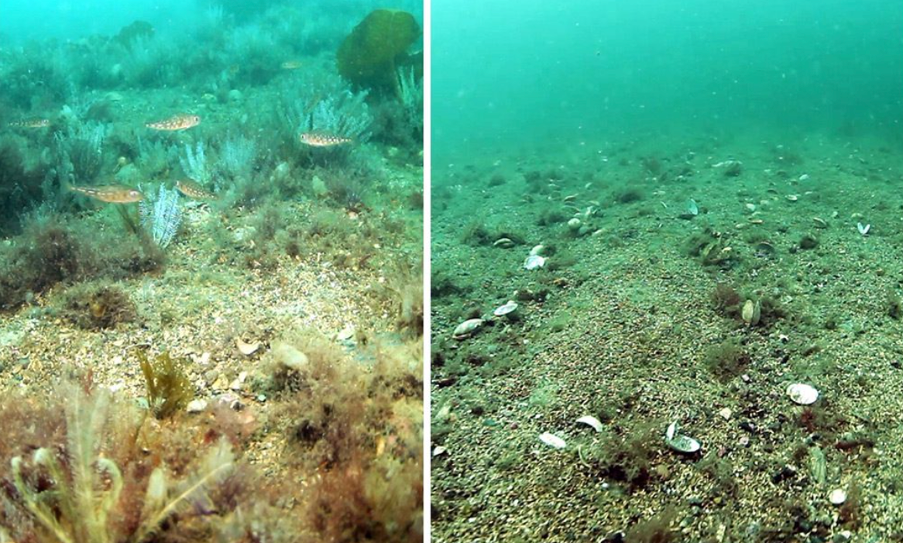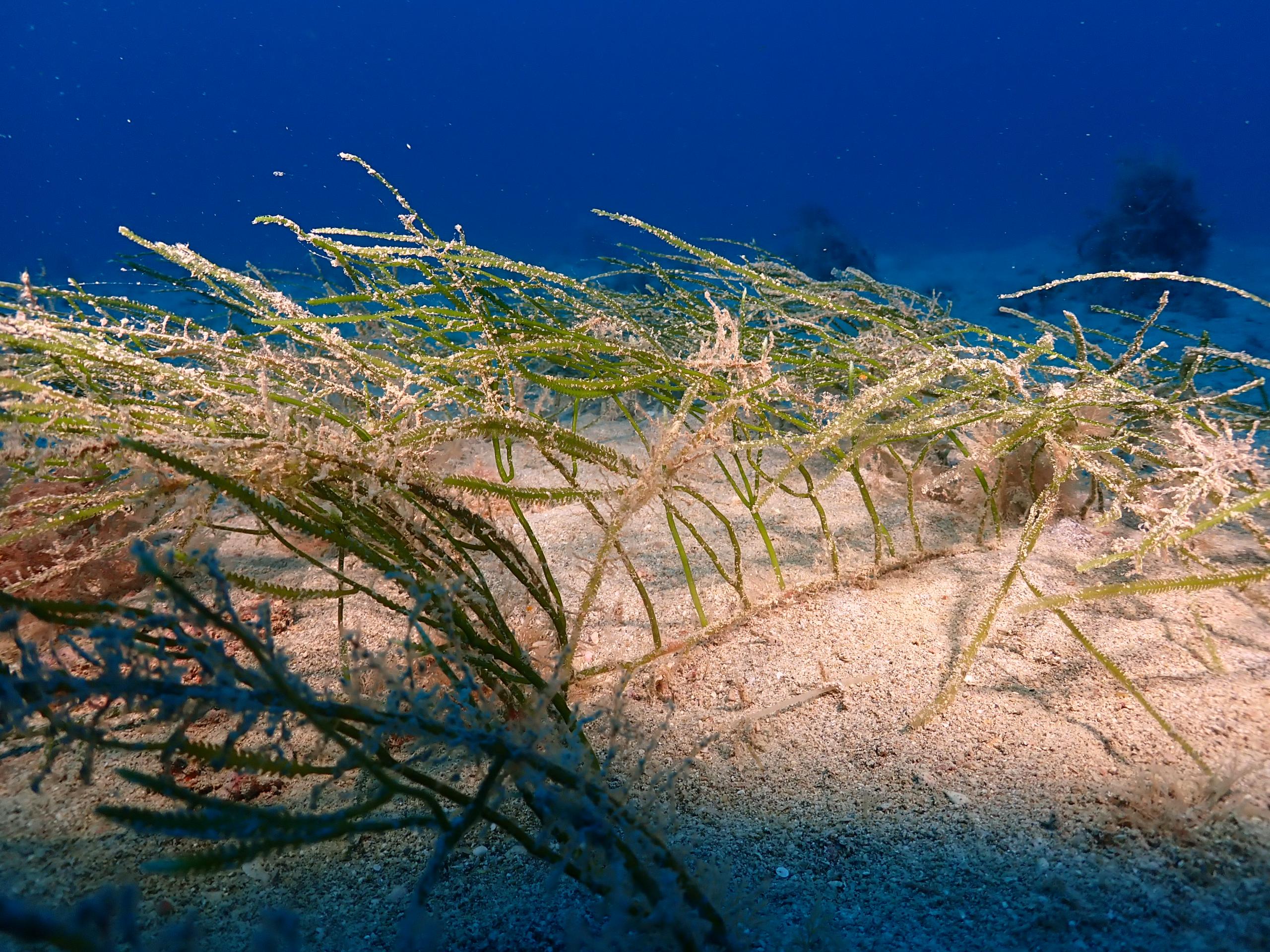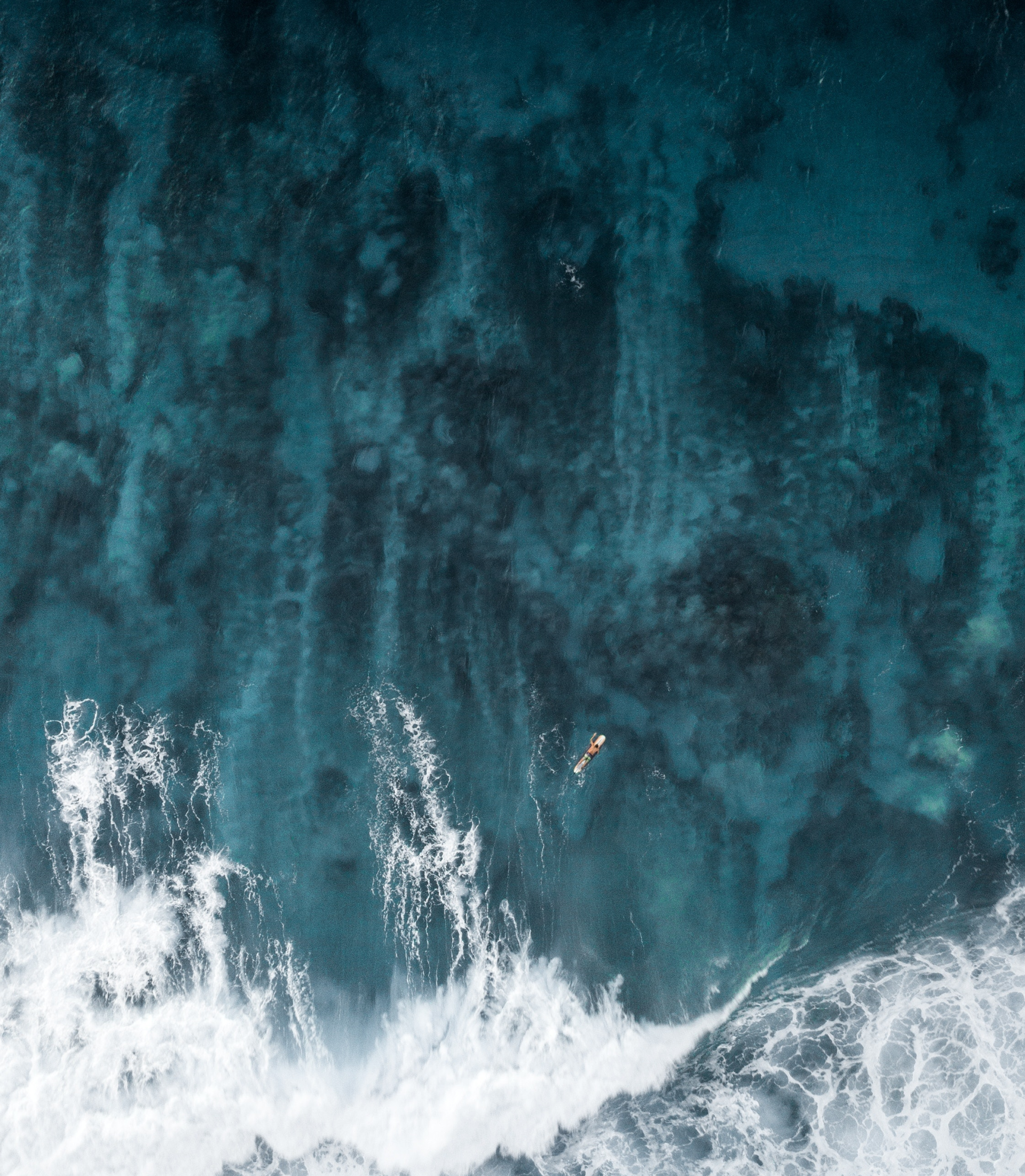Citizen Science
Can you help the Convex Seascape Survey find the last remaining, intact, undisturbed soft-bottom seabed habitats on the world’s continental shelves?
We need your help
The Convex Seascape Survey is a pioneering collaboration of world-leading experts working to understand blue carbon stored in the coastal ocean floor, to harness the power of the sea in the fight against climate change. We’re looking for healthy soft-sediment ecosystems to study, and the more information we have, the better, so please get involved!
You don’t need specialist knowledge to participate, just insight or experience with seafloor habitats anywhere in the world. We’re hoping to hear from a range of sea-users, from recreational scuba divers to yachting communities and employees from offshore industries. Simply follow the steps below, and send us underwater photographs or video footage of what you believe to be healthy, intact, and undisturbed soft-sediment seabed.
Follow these steps to take part in the survey!
What does an undisturbed soft-sediment seabed look like?
This habitat consists of fine sediment, so look out for sandy or muddy areas that have a lot of different plants and animals. On soft-sediment, this may not be as obvious as on a bright coral reef. Delicate species such as sponges, brittle stars, starfish, sea squirts, sea cucumbers, and bivalves are good indicators that a site is undisturbed.
Likely sites of interest:
- places with conservation measures such as a marine reserve or protected area.
- exclusion zones around oil and gas rigs.
- places reserved for military exercises.
- areas that fishing boats might avoid, such as, around shipwrecks.
Avoid sites that:
- Have high boat traffic close to ports, harbours, or shipping channels.
- Are contaminated with pollution e.g. plastic, oil spillage or sewage input.
- Show evidence of destructive fishing activities. Trawled or dredged habitats can be identified by tracks left embedded in the sediment.
- Are adjacent to busy and heavily populated towns or cities.

Please include with your submission the time and location of the observation. We accept any method used to collect underwater photographs or video footage, such as:
- Diver operated videos (DOVs) including underwater cameras such as GoPros
- Remotely operated vehicles (ROVs)
- Remote underwater videos (RUVs)
- Towed Video Systems (TOWVs)
If you are unsure whether a seabed you have seen is suitable, do send us your photos or videos anyway! For any questions please reach out to research lead Annabel Kemp – A.Kemp4@exeter.ac.uk.


